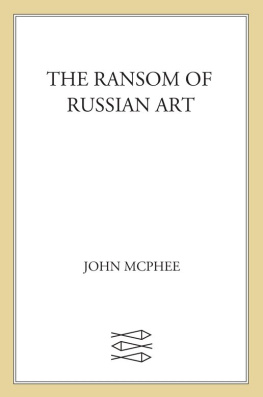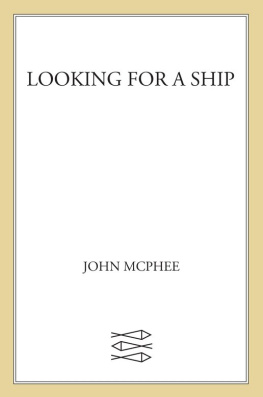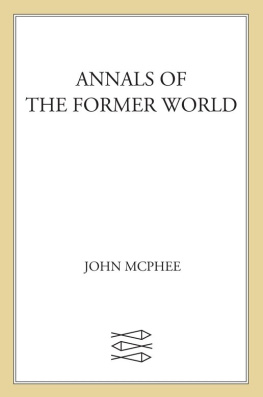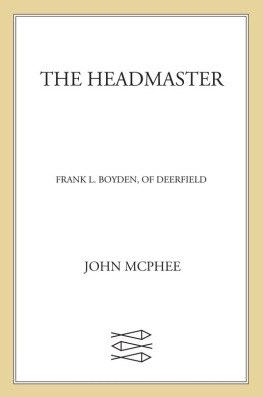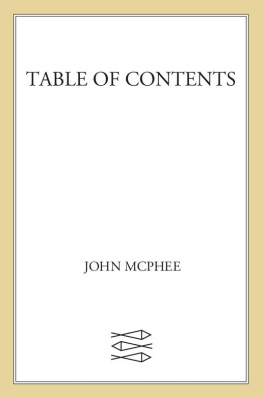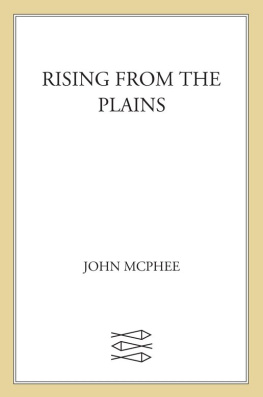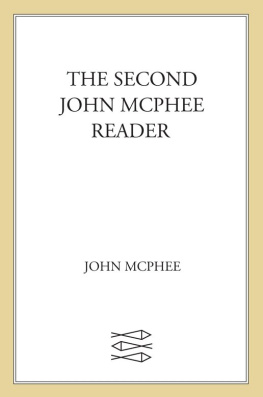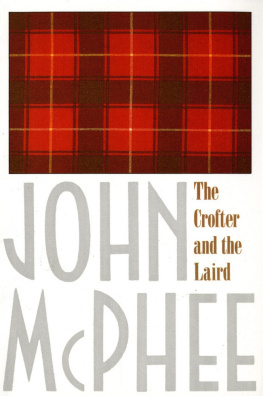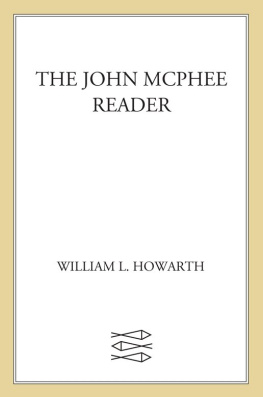N orton Townshend Dodge, born in Oklahoma City in 1927, first presented his curriculum vitae to officials of the Union of Soviet Socialist Republics in the early spring of 1955. They let him in for thirty days. His stated purpose was to travel with his father (a retired college president) and assist him in a study of Soviet education. Norton did not reveal his real mission. In a journey that encompassed three hundred thousand square miles, he gathered material for what eventually became a nine-hundred-page monograph on Soviet tractors. It served as his doctoral dissertation in economics at Harvard, where he already held an M.A. from the Russian Regional Studies Program, regarded by the K.G.B. as the academic wellhead of American spies.
In this country, Norton Dodge was (and still is) looked upon by his doting friends as a person who has difficulty getting from A to C without stumbling over Dand forgetting B. On his own, he returned to the Soviet Union in the nineteen-sixties. He had become a professor of economics at the University of Maryland. His initial and primary travelling purpose was to learn all he could about (as his book was eventually called) Women in the Soviet EconomyTheir Role in Economic, Scientific, and Technical Development (Johns Hopkins, 1966). Some of his colleagues said that he was studying the position of Russian women under Stalin. But Stalin, of course, was gone, and Dodge was obviously far ahead of those colleagues, not to mention almost everybody else, in his absorption in the topic of opportunity for women. He suspected that this was one sociopolitical area in which the American situation might benefit from Soviet example. In those Khrushchev and Brezhnev years, he went from republic to republic, calling on state farms, collective farms, universities, and research institutes, and asking to see hierarchical charts. He could not always count on Intourist to broker these interviews. Tentative at first, he soon became aggressive. He says he would just take a cab to this or that institute and ask to see its leading woman scientist. A K.G.B. person met him at the door and put him in touch with the leading woman.
He had, as well, a hidden and unrelated interest. At Harvard, at the Russian Research Center, he had known a graduate student who had studied economics at Moscow University and had shared living quarters there with a Russian artist. The grad student told Dodgethat the Russian, Valery Kuznetsov, had once been enrolled at one of the Moscow art institutes, learning the techniques of Socialist Realism on his way to becoming an official artist. The style was so repellent, though, that Kuznetsov went underground and painted what he was moved to paint, as an unofficial artist, a nonconformist artist, and therefore a dissident artistall terms that were applied to the clandestine painters and sculptors of the Soviet Union in the era from Stalin to glasnost. They consisted of small, close circles, in Moscow and elsewhere, and those that did not have a covering occupationlike, say, student of economicscould be harassed not only as dissidents but as unemployed parasites and be sent to labor camps or mental hospitals, where some of them continued their artistic work. In time, their secrecy diminished and their circles overlapped, but 1962when Norton Dodge went to the Soviet Union with Kuznetsovs name, address, and telephone number in his pocketwas early in this parabola. Slipping away from Intourist, he called from a public telephone and was soon visiting not only Kuznetsov but also the apartments of Kuznetsovs unofficial-artist friends. They took him to an apartment-exhibition of the work of Lev Kropivnitsky. The informality and the secretiveness notwithstanding, this was apparently the first abstract-art show in Moscow since the nineteen-twenties. In time, the unofficial artists became heroic figures through the drumlike telegraphy of Soviet culture. Kropivnitsky was the brother-in-law of OskarRabin, who was especially revered. Middle-aged and essentially hairless, Rabin developed the incongruous status of a bald rock star. Dodge bought works of these artists and either carried them in his suitcase or, with larger items, found ways of having them smuggled out. Meanwhile, the Moscow painters gave him the names of underground artists in other cities.
While Norton Dodge is behind a steering wheel on Interstate 95 between New York City and his home in Maryland, he has been observed reading the newspaper. Funnies first. Looking up at his surroundings, he tends to concentrate on the rearview mirror, explaining, Im keeping the car aligned. Sometimes the vehicle has been a white pickup with a boxed-in plywood back, full of paintings. Before he retired from college teaching, he sometimes went south on the interstate, writing his lectures with one hand and driving with the other. When he travels by air, archway metal detectors routinely rebuff him. He empties pockets, more pockets; but, back in the A.M.D., he fails. He continues to search himself from knee to chin, not missing the linings loose from the inner tweed. On the tray, he builds a pyramid of metal, with incidental plastic, wood, paper, rubber, and glass. For a third time, he submits himself to the electromagnetic inductors, the result being a bzzzzzzzzzzt, a clang, and a flashing red light. In such a moment, his wife, Nancy, has said to him, How could you ever get around the Soviet Union if you cant beat your way out of the St. Louis airport?
In Ukraine, Georgia, Byelorussia, Soviet Central Asia, Dodge went around in the daytime collecting material for what he calls his women book, meanwhile figuring out how to contact artists at night. There were no city maps. But he had his Baedeker with him, naturallythe 1914 edition. Although most street names had been changed, the Baedeker was useful. In Dodges words, The layout of transportation was not far different. He carried a flashlightincredible as this seems to people who knew the country in those yearsand he used it to find numbers in dim corridors and lightless streets. When travelling under the aegis of Intourist, it was worthwhile to take one of the general trips around the city and spot the numbers of various streetcars and other things, he recalls. Not only was I pursuing art but also my other research, so I liked to know where universities or research institutes or the Academy of Sciences were, so that I could go and visit them directly if I felt that I wasnt threatening directly the people I would suddenly descend on. He was, to say the least, somewhat threatening to the artists, but they were willing to accept the risk. We were all scared to death, all of us, including him, one of the artists has said. Maybe he needed excitement in his life. It was a threat, a constant physical threat. He could have been killed. He introduced himself as an American professor interested in Russian art. Nobody could make anything of him. He was a mysterious figurea professor obviously with money. We couldnt understand. He was strange,clumsy. He kept dropping things. He was afraid to reveal a name. We didnt know if he worked for the K.G.B., or if somebody who brought him did. He kept his connections quite secretive. He didnt mention his contacts. We didnt ask him. His appearance may have saved him. He didnt look like an American. He was sloppy. He was more like a Russian. If he was Russian, he would have been normal.


